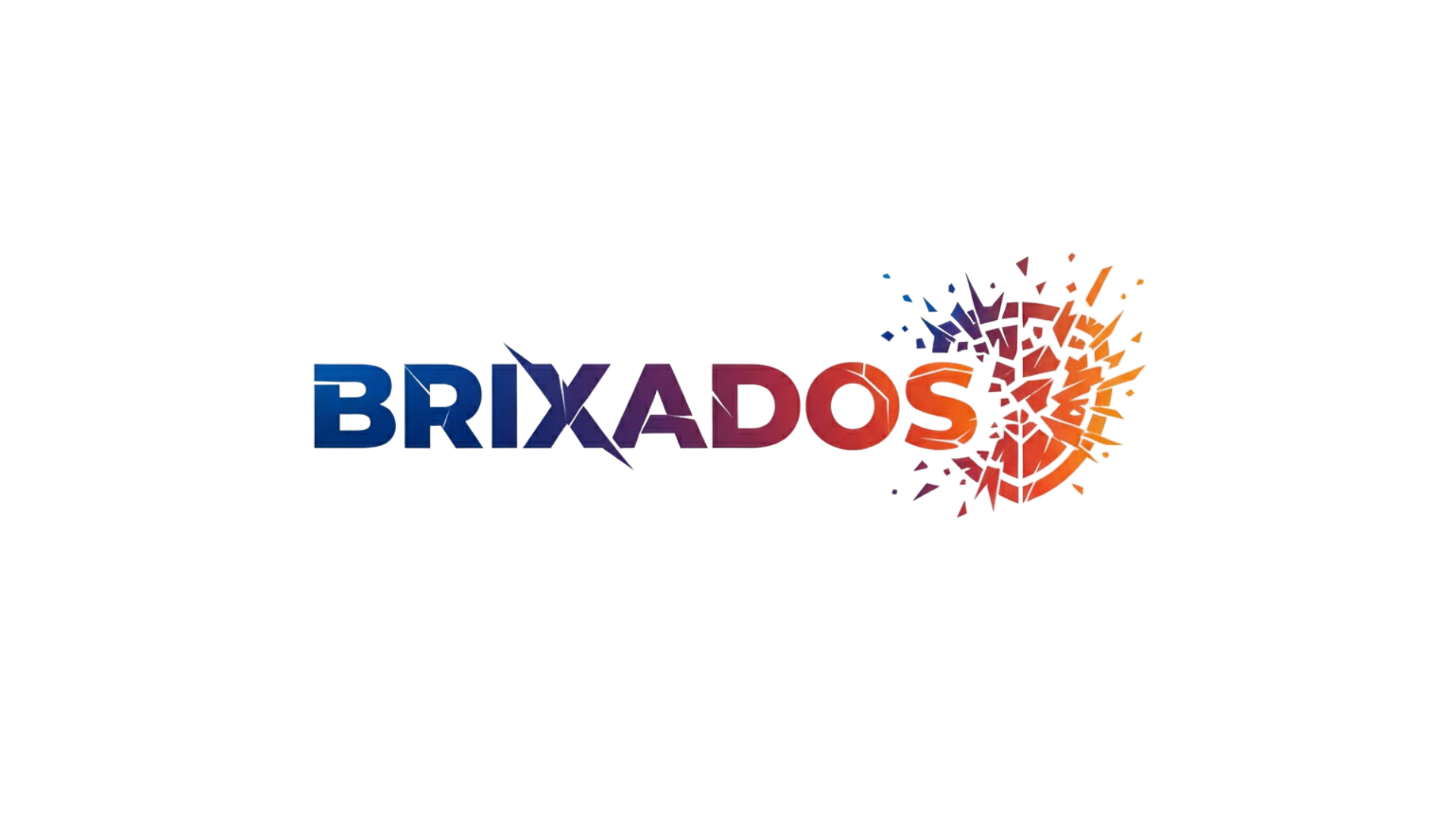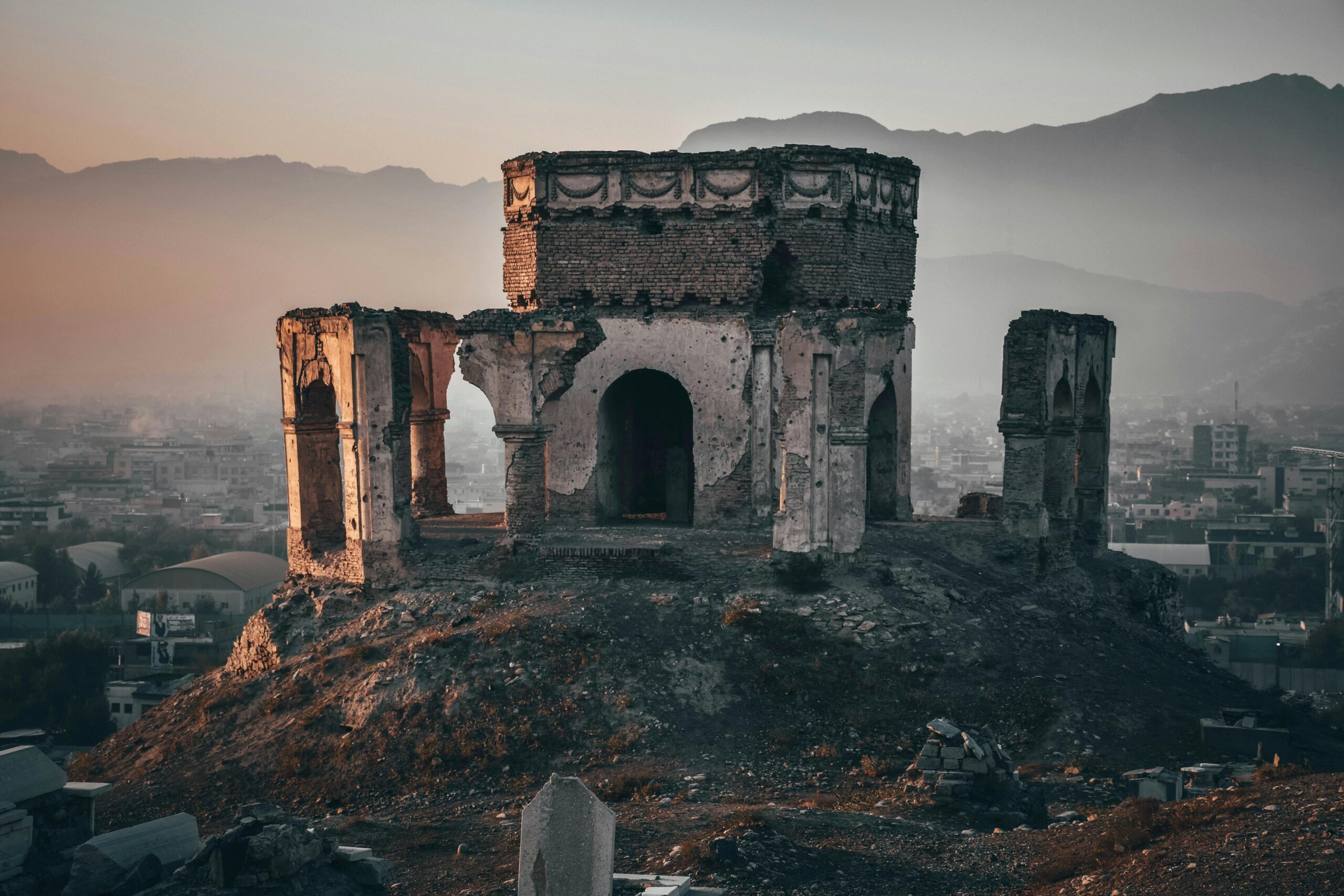Floods have shaped human civilization for millennia, leaving behind stories that echo through generations, carrying wisdom, warnings, and the indomitable spirit of survival.
🌊 When Waters Rise: Understanding the Universal Flood Narrative
Throughout human history, flood stories have emerged from nearly every corner of the globe, transcending cultural and geographical boundaries. These narratives speak to a fundamental human experience: the terrifying yet transformative power of water. Whether viewed through the lens of mythology, religion, or oral tradition, flood stories reveal our ancestors’ attempts to understand catastrophic natural events and find meaning in devastation.
The prevalence of flood narratives across disparate cultures raises fascinating questions. Were these stories inspired by actual prehistoric flooding events? Did rising sea levels at the end of the last Ice Age create collective memories that survived through oral tradition? Or do these tales represent something deeper in the human psyche—a metaphor for renewal, punishment, or the cyclical nature of existence?
What makes these stories remarkable is not just their similarities, but how each culture adapted the flood narrative to reflect their own values, geography, and understanding of the divine. From ancient Mesopotamia to the indigenous peoples of the Americas, from African tribes to Pacific islanders, the flood story emerges as a testament to humanity’s resilience in the face of overwhelming natural forces.
📜 The Epic of Gilgamesh: Mesopotamia’s Ancient Warning
The earliest known written flood narrative comes from ancient Mesopotamia, predating the Biblical account by centuries. The Epic of Gilgamesh, inscribed on clay tablets around 2100 BCE, tells the story of Utnapishtim, who survived a catastrophic flood sent by the gods to destroy humanity.
In this Sumerian tale, the god Ea warns Utnapishtim in a dream to build a massive boat and load it with the seed of all living things. The flood rages for six days and seven nights, destroying everything in its path. When the waters finally recede, Utnapishtim releases birds to find dry land—a detail that appears in multiple flood narratives worldwide.
The Mesopotamian flood story likely drew inspiration from the region’s harsh reality. The Tigris and Euphrates rivers were prone to devastating floods, and archaeological evidence suggests that catastrophic flooding events did occur in ancient Sumer. These real disasters may have been magnified through oral tradition into the apocalyptic deluge described in the epic.
Lessons Embedded in Clay
The Gilgamesh flood narrative carries profound themes beyond simple survival. It explores the relationship between humanity and divinity, the consequences of divine anger, and the reward for righteousness. Utnapishtim’s obedience and foresight save not just himself but the continuation of all life—a responsibility that weighs heavily in the story’s conclusion.
⛵ Noah’s Ark: The Biblical Flood That Shaped Western Consciousness
Perhaps the most widely known flood story in Western culture comes from the Book of Genesis. The tale of Noah, his ark, and the forty days and nights of rain has influenced art, literature, and religious thought for millennia. The parallels with the Gilgamesh story are striking, yet the Biblical account carries its own distinctive theological message.
God, seeing the wickedness of humanity, decides to cleanse the earth through flood. Noah, described as righteous and blameless, receives divine instructions to build an ark and preserve his family along with pairs of every animal species. The flood destroys all life outside the ark, and when the waters subside, God establishes a covenant with Noah, symbolized by the rainbow, promising never again to destroy the earth by flood.
The Noah narrative emphasizes several key themes: divine judgment, selective salvation based on righteousness, and covenant relationship. Unlike the capricious gods of Mesopotamian mythology, the Biblical God acts with moral purpose, and the flood becomes an instrument of both judgment and renewal.
Archaeological Searches and Scientific Perspectives
The Noah’s Ark story has inspired numerous archaeological expeditions, particularly to Mount Ararat in Turkey, where tradition claims the ark came to rest. While no conclusive evidence of the ark has been found, geological studies have revealed evidence of massive flooding events in the Black Sea region around 5600 BCE, which some researchers suggest could have inspired the Biblical narrative.
🐚 Indigenous American Flood Traditions: Stories from Turtle Island
Native American cultures across North, Central, and South America possess rich flood traditions that predate European contact. These stories often feature animal helpers, earth divers, and the recreation of the world from primordial waters—themes distinct from Middle Eastern flood narratives.
The Ojibwe people tell of Nanabozho, a trickster spirit who survived a great flood by climbing the tallest tree. Various animals dove beneath the waters attempting to retrieve mud from the earth below. Finally, Muskrat succeeded, sacrificing his life to bring up a tiny portion of soil, which Nanabozho used to recreate the world on Turtle’s back—giving rise to the name “Turtle Island” for North America.
The Hopi of the American Southwest describe multiple worlds destroyed by various catastrophes, including floods, before the emergence into the current Fourth World. These narratives emphasize moral lessons about respecting nature and living in harmony with creation.
The Mesoamerican Perspective
Aztec mythology recounts that the fourth sun, or world age, ended in a catastrophic flood lasting 52 years. Only one couple survived by hollowing out a massive cypress tree. The Maya similarly recorded flood stories in texts like the Popol Vuh, where the gods destroyed early imperfect creations of humanity through flooding before successfully creating humans from maize.
🌏 Asian Flood Narratives: Dragons, Divine Intervention, and Determination
Asian cultures offer distinctive flood narratives that reflect their unique philosophical and religious perspectives. Chinese mythology tells of the Great Flood during the reign of Emperor Yao, a disaster that lasted for generations and required heroic intervention to control.
The legendary figure Gun attempted to stop the flooding by stealing divine soil that continuously expanded, but his unauthorized action angered the gods. His son, Yu the Great, took a different approach, working tirelessly for thirteen years to dredge channels and create waterways that directed the floodwaters to the sea. Yu’s success through hard work and engineering prowess, rather than divine favor alone, made him a cultural hero and the founder of the Xia dynasty.
Hindu Mythology: Manu and Matsya
Hindu scriptures describe how Manu, the first human, was warned of an impending deluge by Matsya, an avatar of Vishnu appearing as a fish. Manu built a boat and attached it to Matsya’s horn, who guided him through the flood to safety on a mountain peak. After the waters receded, Manu performed sacrifices and became the progenitor of humanity’s new beginning.
This narrative emphasizes dharma (righteous duty), divine grace, and the cyclical nature of creation and destruction in Hindu cosmology. The flood represents not punishment but a natural phase in the cosmic cycle of renewal.
🌍 African Flood Stories: Diverse Traditions from a Vast Continent
Africa’s diverse cultures have preserved numerous flood narratives, many less known internationally but equally rich in meaning and symbolism. The Yoruba people of West Africa tell of a great flood sent by the orisha (deity) Oshun, which was eventually stopped through sacrifice and divine intervention.
The Mandinka people describe how their ancestor Faro transformed into a fish to survive the deluge, later emerging to repopulate the earth. The Maasai of East Africa speak of Tumbainot, a righteous man warned by a divine voice to build a boat before devastating rains came.
In the Kuba tradition from Central Africa, the creator god Mbombo vomited up the sun, which dried up much of the primordial waters covering the earth. This narrative presents flooding not as divine punishment but as the original state of creation, with land emerging from water as an act of cosmic nausea—a uniquely African perspective on creation and flood mythology.
🏝️ Oceanic Deluge: Pacific Island Flood Traditions
For Pacific Island cultures living in intimate relationship with the sea, flood stories carry particular resonance. Many Polynesian traditions speak of great floods that destroyed previous worlds or separated islands from original landmasses.
Hawaiian mythology describes how the demigod Maui tried to unite the islands by fishing them up from the ocean floor. Various legends tell of tsunamis and flooding caused by the anger of ocean deities, with survivors taking refuge on mountaintops—stories that may preserve memories of actual tsunami events in the Pacific’s geologically active Ring of Fire.
Aboriginal Australian traditions, among the world’s oldest continuous cultures, include stories of rising seas that correlate remarkably with the end of the last Ice Age. Some Aboriginal flood stories describe coastal areas that are now underwater, suggesting these oral traditions have preserved accurate geographic information for over 10,000 years—a stunning testament to the reliability of oral history when properly maintained.
🔬 Scientific Explanations: The Geology Behind the Mythology
Modern science offers explanations for why flood stories appear so universally. The most significant factor was likely the end of the last Ice Age, approximately 11,700 years ago, when melting glaciers caused sea levels to rise dramatically—in some regions, as much as 120 meters over several millennia.
This gradual but relentless inundation would have forced coastal populations to migrate inland repeatedly, creating lasting impressions of unstoppable waters claiming familiar lands. While not the sudden catastrophic deluge of mythology, this process would have seemed apocalyptic to affected populations over generations.
Regional Catastrophic Events
Beyond rising sea levels, regional flooding events likely inspired localized flood narratives. The Black Sea Deluge Hypothesis suggests a catastrophic flooding of the Black Sea basin around 5600 BCE when Mediterranean waters breached a natural dam. Mesopotamian civilizations experienced regular devastating floods from the Tigris and Euphrates rivers. Tsunami events, glacial lake outburst floods, and major river floods all would have created traumatic memories preserved through storytelling.
💡 Common Threads: What Unites Global Flood Narratives
Despite arising from different cultures separated by vast distances and time periods, flood stories share remarkable similarities that suggest either common experiences, cultural diffusion, or universal human psychological patterns:
- Divine or supernatural warning given to a chosen individual or family
- Construction of a vessel or seeking refuge on high ground
- Preservation of animals, seeds, or elements necessary for regenerating life
- Complete or near-complete destruction of previous humanity
- Sending of birds or animals to test whether waters have receded
- Landing on a mountain or elevated place when flood ends
- Covenant, promise, or new beginning established after the deluge
- Moral dimension: flood as consequence of corruption, sin, or divine displeasure
These common elements suggest that flood stories served similar functions across cultures: explaining catastrophic change, providing moral instruction, establishing religious authority, and offering hope for renewal after devastation.
🎨 Cultural Impact: How Flood Stories Shaped Civilizations
Flood narratives have profoundly influenced art, architecture, law, and social organization throughout history. Ancient Mesopotamian cities developed sophisticated irrigation and flood control systems partly motivated by flood mythology. The concept of divine judgment through natural disaster influenced legal and moral codes across multiple civilizations.
In art and literature, flood imagery has provided powerful metaphors for centuries. Renaissance painters depicted Noah’s Ark with careful attention to detail. Modern literature continues to reference flood narratives as symbols of apocalypse, renewal, and the relationship between humanity and nature.
Environmental movements have increasingly drawn on flood mythology to frame climate change discussions, with rising sea levels creating new relevance for ancient stories. The archetype of the righteous survivor who heeds warnings and prepares for catastrophe resonates in contemporary disaster preparedness messaging.

🌱 Resilience and Renewal: The Enduring Message
At their core, flood stories are narratives of resilience. They acknowledge the terrifying power of nature while affirming humanity’s capacity to survive, adapt, and rebuild. The survivors in these stories—Utnapishtim, Noah, Manu, Yu the Great—represent not just physical survival but the preservation of knowledge, values, and the possibility of beginning again.
These ancient narratives remind us that catastrophic change is part of the human experience, that communities have faced existential threats before and persevered. In an era of climate change, rising sea levels, and increasing flood risks, these stories offer more than historical curiosity—they provide a framework for understanding disaster, processing trauma, and maintaining hope.
The rivers of resilience that flow through global flood narratives carry wisdom accumulated over millennia: the importance of heeding warnings, preserving biodiversity, maintaining moral integrity, working together for survival, and never losing hope even when waters rise highest. These timeless messages continue to flow forward, as relevant today as when first told around ancient fires, reminding us that humanity has always been, and must remain, a species of survivors.
Whether understood as literal history, metaphorical truth, or cultural memory, flood stories connect us to our ancestors’ experiences and to each other across cultures. They demonstrate that despite our differences, we share common fears, hopes, and the fundamental human drive to survive, remember, and pass our stories forward to future generations who will face their own rising waters.
Toni Santos is a myth-psychology researcher and narrative writer exploring how archetypes, symbols and human story converge to shape mind, culture and meaning. Through his studies on the collective unconscious, comparative mythology and symbolic dream interpretation, Toni examines how the myths we tell reflect the patterns we live — and how awareness of these patterns can spark transformation. Passionate about hero’s journeys, mythic motifs and dream-language, Toni focuses on how story acts as both mirror and map for inner depth and growth. His work highlights the bridges between myth, psyche and culture — guiding readers toward a deeper encounter with themselves and the stories they carry. Blending psychology, mythology and narrative theory, Toni writes about the hidden architecture of meaning — helping readers understand how symbols, stories and dreams shape experience and identity. His work is a tribute to: The power of myth to reveal the unseen structures of psyche The journey from archetype to individual lived story The art of dream-language as a path to wholeness Whether you are a storyteller, psychologist or traveller in the inner landscape, Toni Santos invites you to explore the mythic dimension of mind — one symbol, one myth, one insight at a time.




